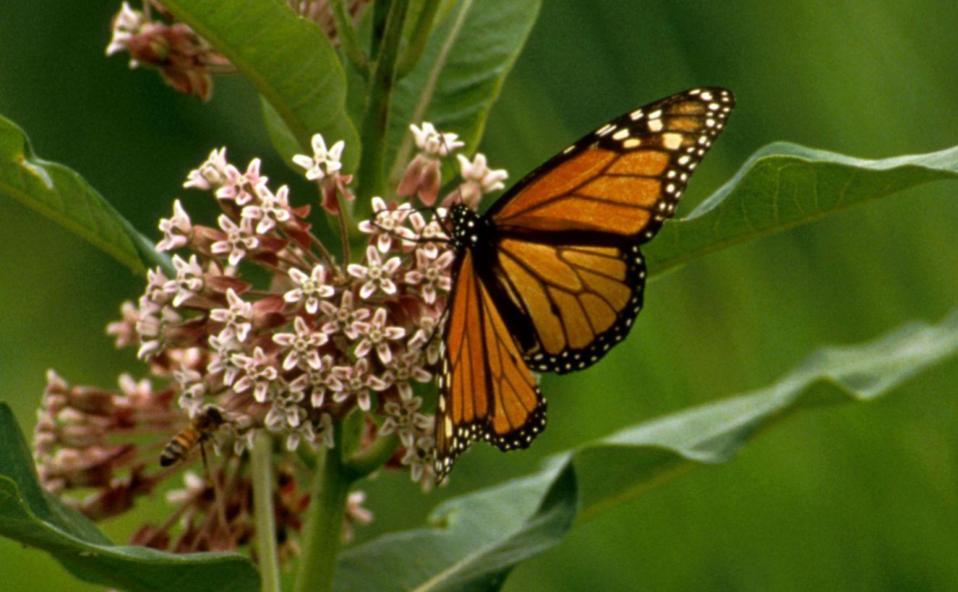
Monarch Butterfly
Chesapeake Wildlife Heritage will host its annual Magnificent Monarchs workshop on Sat., Sept. 24 at 10 a.m. at Barnstable Hill Farm in Chester. The public is invited to join CWH staff to tag and learn about the migrating habits of Monarch butterflies. Participants will also learn about the Monarch’s life cycle and will help scientists from around the continent track its astounding generational migration.
The workshop is free to the public, but space is limited. Due to continuing COVID concerns, all participants must be fully vaccinated. CWH reserves the right to cancel the workshop if staff feel that conditions are not safe to hold it.
To register, email [email protected] or call 410-822-5100. Directions will be provided.
Chesapeake Wildlife Heritage is dedicated to designing, restoring and managing wildlife habitat and establishing a more sustainable agriculture. In addition to stewarding 1,150 acres in Queen Anne’s and Talbot counties that it owns and manages as wildlife sanctuary, CWH works daily with private and public landowners to help ensure the future of the region’s wildlife and the health of the Chesapeake Bay. Since the organization’s founding in 1980, CWH staff has restored nearly 2,000 acres of wetlands, planted more than 1,000 acres of woodlands and created 6,000 acres of warm season grass meadows. For more information, visit cheswildlife.org.


